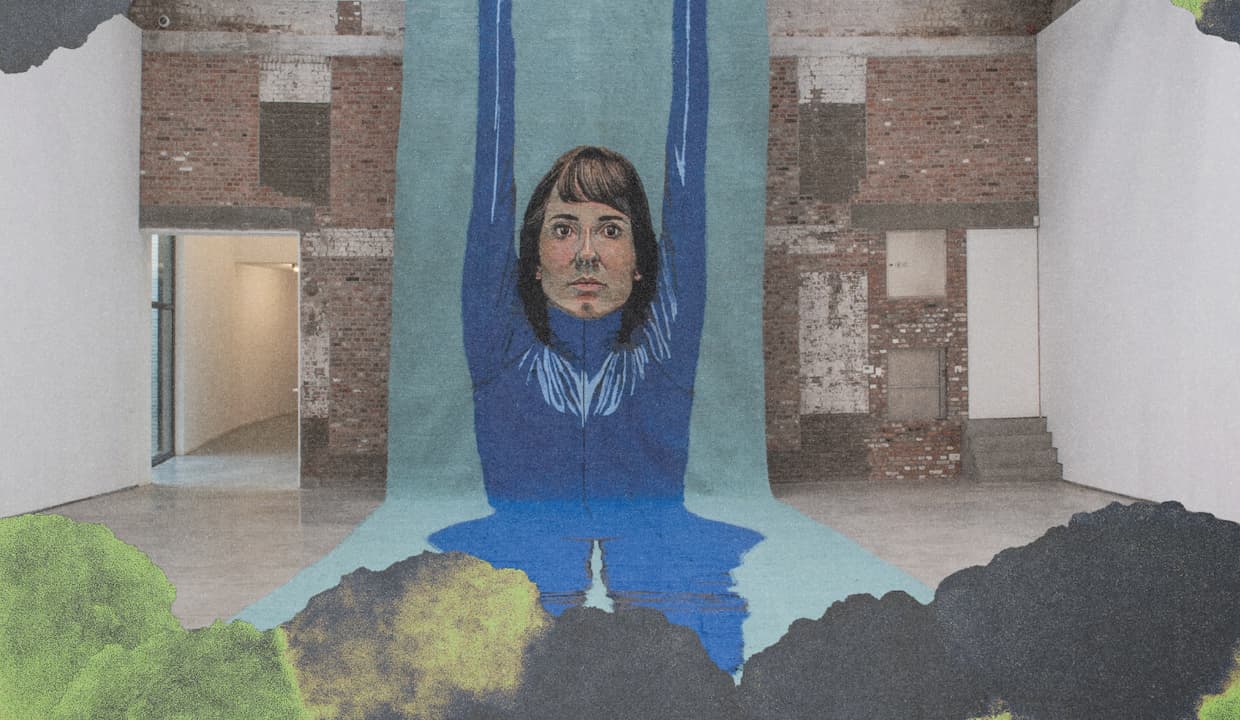Ancienne Belgique is again granted the label of Ecodynamic Enterprise by Leefmilieu Brussel. Just like in 2014, we received the maximum of 3 stars, so that means the sustainability accents implemented at an organisational level are delivering the desired results.
This week (part 2) we zoom in on food & energy!
Food
AB Café & Resto have shifted to more regional and seasonal products of organic origin from healthy soil. What started out as Donderdag Veggiedag (Meat-free Thursday) has evolved into a permanent, large range of vegetarian dishes and the scrapping of red meat and tuna from our menu. What we eat has an enormous influence on the environment. According to Food & Agriculture Organisation of the UN, the cattle industry worldwide is responsible for 14.5 percent of all emitted greenhouse gasses. That is as much as all forms of transport put together. A quarter of the worldwide use of water goes to the production of animal products.

Every day in the backstage kitchen you will find fresh food that takes into account the artist’s preferences. The kitchen is legendary and spoken of highly all over the world yet we apply our accents here too, by making as much use of organic and Fairtrade as possible. We do quite a bit it terms of dealing with leftovers too: by offering modest portions, by cooking with remaining food products and by feeding the GFT rubbish to our city chickens (on the roof).

In terms of beverages, there are the re-usable cups (in 2002, AB was one of the first organisations to make use of these), the post-mix system for softdrinks (a mix of tap water and syrup that avoids tonnes of PMD waste - plastic/metal/drink packaging - and emissions due to transport), and the Aquafox cleaning system for the bars. In terms of what’s on offer: there are the Fairtrade/organic drinks and a varying choice of beers from Brussels.
During our annual summer festivals, Boterhammen in het Park and Feeërieën, our cooks served up only vegetarian dishes (both on the festival site and in the backstage). To make our festivals entirely PET free, together with 9 other Belgian festivals, we invested in the project “De Leiding” for the purchase of water taps and Dopper bottles.

Energy
AB, together with owner FoCI (Fund for Cultural Infrastructure of the Flemish Government, Culture department) has invested quite a bit in the infrastructure of the prominent and popular building at Anspachlaan 110. We were able to welcome around 320,000 (paying) visitors in 2018. This means that the building is subject to extremely intensive use and that there is rarely any down-time. We take care of maintenance and cleaning of the building in the most sustainable manner: cleaning occurs without water, biologically instead of chemically. As far as maintenance is concerned: we try to repair, to renovate/refurbish, and eg use paint of organic origin as much as we can. Refurbishment of dressing rooms and offices occurs according to the principles of the circular economy, whereby the furniture/materials (waste) to be removed serve as raw material for new products. We aim for at least 75% reuse with such redesigns.
Aside from an annual energy audit by the internal maintenance firm, feasibility studies around renewable energy techniques are carried out by the owner. In the past, this has resulted in a furnace renovation (with direct impact: the installation of a combined heat and power generator, the implementation of rainwater recuperation for servicing the public sanitation, the placement of a green roof (aside the bee hives on the roof). We are still looking into the viability of placing PV cells (solar-panels) on the roof of AB (in terms of investment, time needed for them to pay for themselves, and the potential to generate energy).

What’s more, AB only purchases 100% green electricity; we monitor the use of water, gas and electricity closely through an extensive telemetry system; we are taking a look at the entire re-lighting of the architectural illumination of the building (show-lighting is already almost all converted to more sustainable LED lighting); and we place movement sensors instead of light switches in order to avoid unnecessary lighting.



![BRDCST 2026 announces curators: Ichiko Aoba, Keeley Forsyth & Stephen O’Malley [Sunn O)))]](https://d12xfkzf9kx8ij.cloudfront.net/a0KQw00000JkHm5MAF_1240x720.jpg)